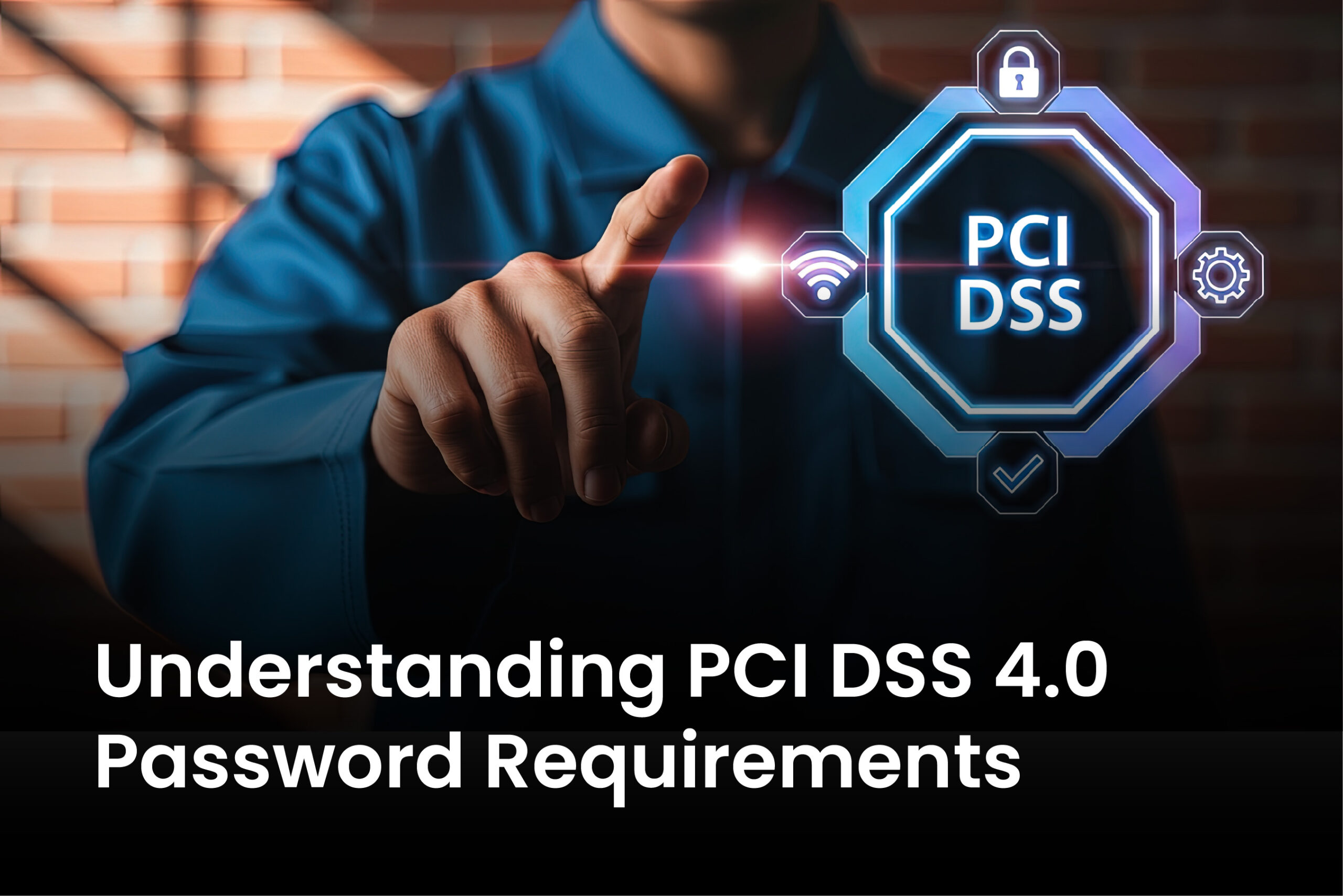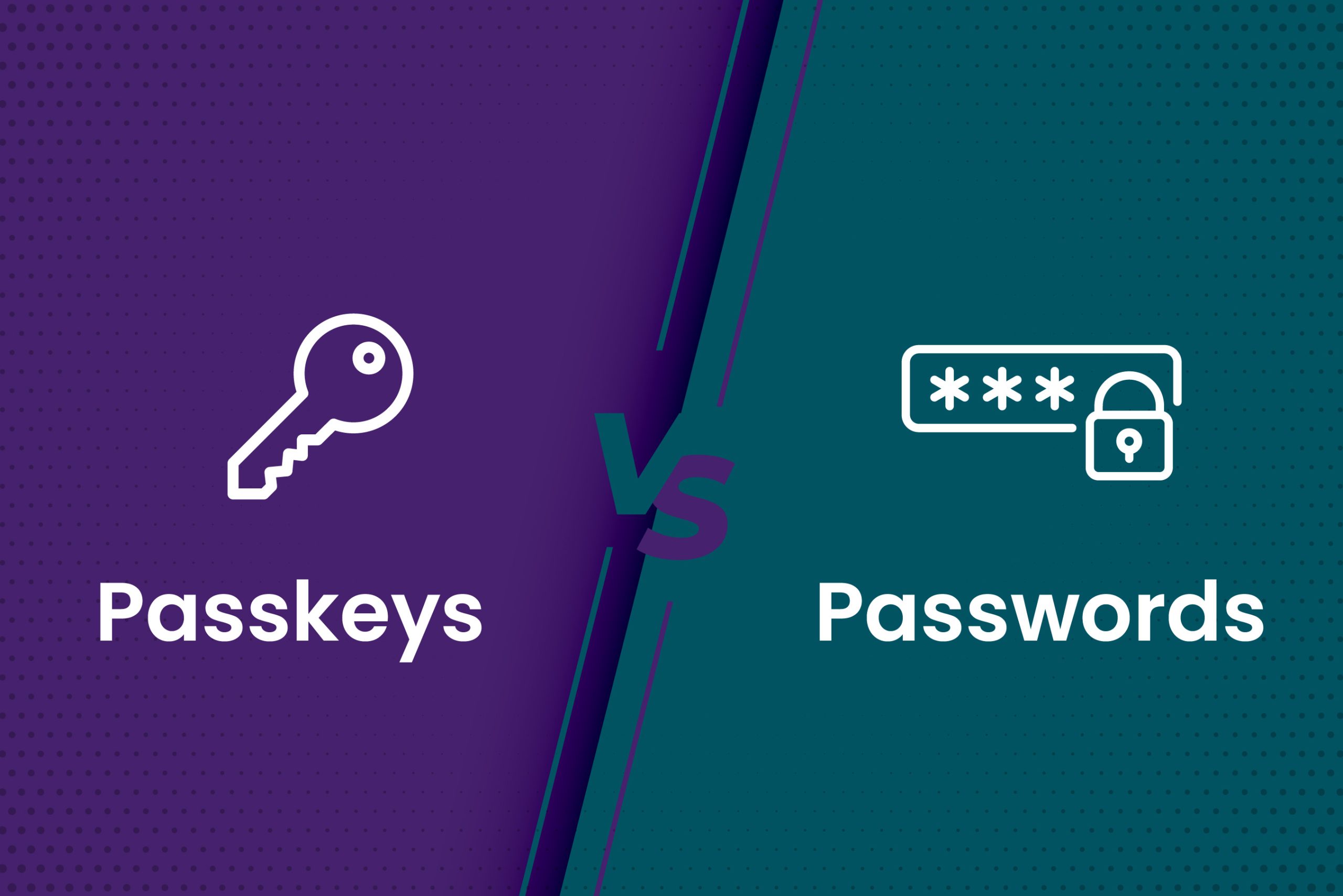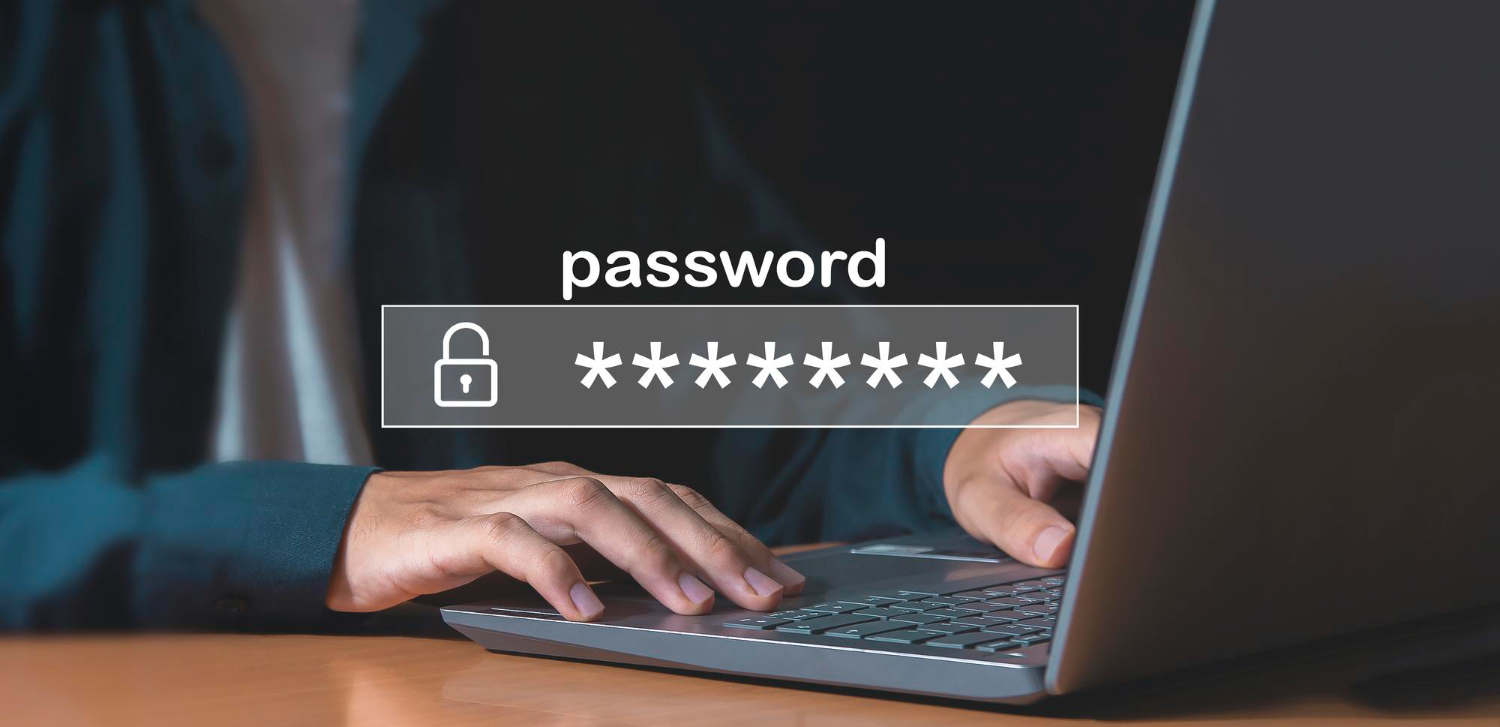Every breach story seems to start the same way: a stolen or weak password. Attackers don’t need advanced exploits when basic credentials are left unprotected. Recent data shows that weak passwords cause 30 percent of global data breaches, and poor password practices contribute to 81 percent of corporate breaches. That sharp focus underlines why PCI DSS 4.0 password requirements are critical right now. In our conversations with CISOs and IT leaders, one thing comes up repeatedly: it’s not the lack of policies that puts companies at risk; it’s the gap between compliance checklists and real-world enforcement.
In this article, we’ll break down the new PCI DSS 4.0 password rules, why they matter, and how your business can implement them effectively.
Why Passwords Still Matter in PCI DSS 4.0?
It’s tempting to think passwords have become less critical with MFA and passkeys rising. But the truth is, passwords remain a frontline defense for many enterprises in retail, healthcare, and finance. For consumer-facing businesses, especially in e-commerce and digital banking, PCI DSS 4.0 password requirements tie directly to Customer Identity and Access Management (CIAM). A single weak credential in a customer portal can expose card data and damage trust. That makes CIAM not just about user experience, but also compliance enabler.
The PCI DSS 4.0 password requirements recognize this reality. They don’t just dictate minimum complexity. Instead, they push organizations toward smarter, more adaptable policies that reflect modern threats. For example, rather than forcing users to change passwords every 60 days, the standard now emphasizes risk-based approaches like monitoring for exposure in breaches.
Many IT leaders say, “Our users hate frequent resets, so they reuse patterns.” The new guidance tries to fix exactly this kind of fatigue.
Key Updates in PCI DSS 4.0 Password Requirements
The transition from PCI DSS 3.2.1 to 4.0 is not just about updates. It’s a philosophical shift in how we approach password security. Here’s what stands out most:
- Minimum Length Increased: Passwords must now be 12 characters for users and 15 for service accounts.
- Elimination of Mandatory Expiration: Passwords don’t need to be changed every 90 days unless there’s evidence of compromise.
- Screen Against Common Passwords: Organizations must check passwords against known weak, breached, or common lists.
- Secure Storage: Passwords must be stored using strong hashing algorithms like bcrypt or PBKDF2.
- Monitoring and Testing: New requirements encourage continuous monitoring to ensure password policies remain effective.
These changes make compliance more practical while also better aligning with attackers’ operations. Instead of frustrating users, PCI DSS 4.0 password requirements focus on reducing the real risks.
PCI DSS Password Requirements vs. PCI Compliance Password Policy
Many organizations stumble here. Meeting PCI DSS password requirements is not the same as building a strong PCI compliance password policy.
The standard sets the floor, not the ceiling. If you stop at compliance, you may technically “check the box” but still leave gaping holes for attackers. A password policy should:
- Map directly to PCI DSS 4.0 requirements
- Balance usability with security
- Incorporate monitoring for credential exposure
- Connect to broader authentication strategies, like MFA and passkeys. For CIAM teams, this means aligning password policies with customer expectations. Nobody wants friction at checkout, so balancing PCI DSS requirements with smooth login experiences like social logins, adaptive MFA, or passkeys becomes critical.
In practice, the best-performing enterprises treat PCI DSS as a foundation. From there, they build policies that reflect their unique risk profiles.
Common Pitfalls We See in PCI DSS 4.0 Adoption
We’ve worked with organizations that sail through PCI audits and still get breached weeks later. Why? Because compliance didn’t equal security. The most common mistakes we see include:
- Misinterpreting Length vs. Complexity: Teams still cling to outdated “complexity” rules instead of adopting 12+ character passphrases.
- Ignoring Service Accounts: These accounts often use default or legacy credentials that never get rotated.
- Overlooking Breach Monitoring: Even strong passwords are useless if they sit in a leaked credential database.
- Confusing Compliance with Security: Passing an audit doesn’t mean attackers can’t exploit weak enforcement.
We often see B2C companies overlook customer accounts when implementing PCI DSS 4.0. Service accounts get attention, but millions of customer passwords may remain unmonitored. A strong CIAM platform ensures those customers’ credentials are screened against breach data continuously.
Practical Steps to Meet PCI DSS 4.0 Password Requirements
This is where theory becomes practice. To fully align with PCI DSS 4.0 requirements, organizations need more than policy documents; they need enforcement.
- Build Password Policies that Reflect Reality
- Require at least 12 characters, encourage passphrases
- Block weak or breached passwords proactively
- Eliminate forced resets unless risk is detected
- Strengthen Technical Controls
- Use salted and hashed storage with strong algorithms
- Enable rate limiting and account lockout after failed attempts
- Rotate credentials for service and admin accounts
- Monitor Continuously
- Check credentials against breach data
- Automate alerts for failed login anomalies
- Integrate password monitoring with SIEM
- Connect With MFA
- Even the best PCI DSS password requirements are not enough. For layered defense, tie them to MFA and adaptive authentication. On the CIAM side, enabling MFA selectively, say, only for high-risk transactions keeps customers secure without disrupting their journey. That’s a PCI DSS win and a customer satisfaction win.
Futureproofing Beyond PCI DSS 4.0
If you only follow PCI DSS 4.0 password requirements, you’ll always be catching up. Threats evolve faster than standards, which is why forward-looking companies are already moving toward passwordless authentication and adaptive MFA.
The lesson here is not to wait for PCI DSS 5.0 to tell you what’s next. Use today’s requirements to strengthen your foundation but always push beyond.
Final Thoughts
Passwords may be the oldest form of digital authentication, but they’re not going away overnight. That’s why PCI password requirements remain central in PCI DSS 4.0.
The update gives businesses more flexibility, but also more responsibility. It’s no longer about ticking the box; it’s about aligning your policies with how attackers behave.
At AuthX, we help enterprises move past compliance into resilience. We’d love to talk if your team seeks a partner to interpret, enforce, and future-proof your PCI DSS password requirements.
FAQs
What is the new PCI DSS 4.0 password requirements?
PCI DSS 4.0 password requirements mandate at least 12 characters for users and 15 for service accounts, screening against weak or breached passwords, and secure storage using strong hashing.
How are PCI DSS password requirements different from a PCI compliance password policy?
PCI DSS password requirements set the minimum standard, while a PCI compliance password policy should go further, balancing usability, continuous monitoring, and advanced authentication.
Why do PCI DSS 4.0 requirements matter for customer accounts?
Weak customer credentials can expose payment data. Aligning PCI DSS 4.0 password requirements with CIAM strategies ensures both compliance and smooth, secure customer experiences.
How can businesses strengthen security beyond PCI DSS 4.0 password requirements?
Companies can extend compliance by adopting MFA, adaptive authentication, and passwordless options, creating resilience against evolving threats.















